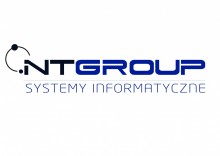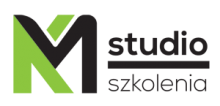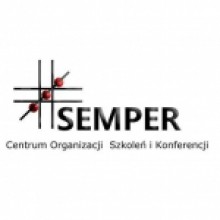Wymagania
Before attending this course, students must have:
Working knowledge of Microsoft Windows, Office, and the web.
Before attending this course, students must have:
Working knowledge of Microsoft Windows, Office, and the web.
Microsoft SharePoint 2016 provides a business collaboration platform that streamlines document management, simplifies access to information, and provides the ability to deploy solutions quickly and securely. In this SharePoint training for beginners course, you gain a comprehensive overview of the SharePoint 2016 on-premise and SharePoint online platform, and learn to create, manage, and customize SharePoint 2016 to the requirements of your organization.
Audience profile:This course is intended for attendees new to Sharepoint or those hoping to learn the new features in SharePoint 2016
Job role: Developer
Features: none
Skills gained
This module explains SharePoints’ new features and introduces the course Case Study. Using the course case study, you will be
assigned a country for whom you will build a customized team site and a subsite to store your countries’ information. You will get an
overview of SharePoint 2016 and also see the completed SharePoint site you will work on throughout the course.
Lessons
Lab : Managing Information and Collaboration via SharePoint
After completing this module, students will be able to:
This module explains how to adequately plan your SharePoint architecture. Base terminology, such as site collections, top level sites,
subsites, and site templates will be explained. You will complete labs to create multiple subsites from templates and establish the
foundation for which future exercises will be developed. Upon creation of sites, you will learn how to approach common SharePoint
administration tasks and complete labs to make adjustments to your site’s look and feel, navigation, and features.
Lessons
Lab : Creating Subsites
Lab : Customizing SharePoint Sites
Lab : Site Collection Administration
After completing this module, students will be able to:
This module explains how to share a SharePoint site and approach common security/permissions scenarios. Basic permission
terminology is covered with a focus on inheritance and how/when to stop inheriting permissions at a subsite, list/library, folder, or
individual item/file. Users will request permission from other sites and respond to access requests made by others. Best practice
security management techniques will also be discussed. Users will explore sharing files in SharePoint Online by sharing a file
externally using a personal (non-SharePoint) email address.
Lessons
Lab : Adding Users and Setting Site Permissions
Lab : Updating Site Objects Permissions
After completing this module, students will be able to:
This module explains how to work with SharePoint list apps to manage content in SharePoint. Users will learn that all content and
many of the backend configuration options in SharePoint are managed via SharePoint lists. Commonly used apps including the task
list and calendar app will be used, showing the practical project management functionality offered in project site templates. Users
will create alerts to receive email notification of changes to files. Additional app templates will be leveraged including a contact list,
a promoted links list, a picture library, a survey, and importing a list structure from a Microsoft Excel table. SharePoint Online will be
investigaged, particularly third-party apps available in the app store.
Lessons
Lab : Working With Lists
Lab : Creating Apps
After completing this module, students will be able to:
This module explains how to manage documents in a SharePoint site. You will learn multiple methods to upload files to a SharePoint
site. Best practice file organization techniques will be discussed utilizing metadata for file management rather than folders. You will
create views to harness the power of your metadata as well as configure settings in your library for major/minor versions,
check-out/check-in behavior, and content approval. You will also sync the files in a SharePoint document library to your local
computer using OneDrive for Business. A comparison will be made between managing information in SharePoint on-premises and
SharePoint Online.
Lessons
Lab : Migrating Content to Document Libraries
Lab : Identifying Content With Metadata
Lab : Creating Views
Lab : Document Management
Lab : Library Configuration
After completing this module, students will be able to:
This module explains how to leverage powerful enterprise building blocks in SharePoint to build larger enterprise solutions with
reduced effort. Site columns and content types will be leveraged to provide consistent metadata tagging and templates for regularly
used content. New columns, such as Managed Metadata for referencing a hierarchical taxonomy and External Columns for deriving
values from an external data source will be used. Search use and configuration will be covered, as well as Enterprise Social techniques for using a SharePoint MySite to foster collaboration among team members. Finally, the Delve experience with MySites in SharePoint
Online will be compared to the MySites in SharePoint on-premises.
Lessons
Lab : Content Types
Lab : Managed Metadata
Lab : External Lists
Lab : Search
Lab : Leveraging SharePoint Social Features
After completing this module, students will be able to:
This module explains how to use web part pages and wiki pages to add and customize additional information in SharePoint. You will
make basic updates to content on your home page, as well as create additional pages to hold other content. A review of the large
number of web parts will be provided and you will add web parts to your page to display information from your lists and libraries.
Methods of content roll-ups will be explored using the content by query web part and the content search web part. Lastly, comparisons will be made between editing pages in collaboration sites vs. publishing sites.
Lessons
Lab : Editing and Adding Site Pages
Lab : Adding Web Parts to Pages
Lab : SharePoint Features and Content Rollup
After completing this module, students will be able to:
This module explains the fundamentals of process in automation in SharePoint with workflows. Starting with out-of-the-box workflows and graduating to SharePoint Designer workflows, you will learn how to develop multiple types of multi-participant approval workflows
to eliminate ad-hoc processes and streamline your operations. Lastly, recent products including Microsoft PowerApps and Microsoft
Flow, that possibly represent the future of workflow in SharePoint Online will be examined.
Lessons
Lab : Automating Business Processes With Workflows
Lab : Designing a Custom Workflow
After completing this module, students will be able to:
This module explains the many different ways that SharePoint is integrated with Microsoft Office. You will review how to connect a
variety of lists and library apps to Microsoft Outlook and work with fellow attendees to simultaneously edit content in a Microsoft
Word document. Lastly, different methods of utilizing Microsoft Excel to connect to SharePoint will be reviewed.
Lessons
Lab : Leveraging Outlook With SharePoint
Lab : Using Excel Web Access Web Parts
After completing this module, students will be able to:
Firma jest Autoryzowanym Ośrodkiem Szkoleniowym
MICROSOFT Silver Learning
Możesz u nas podejść do egzaminu Pearson VUE
Spółka posiada wpis do ewidencji placówek niepublicznych Nr ew. ES.VIII.4320-6/p.n./2003 wydany z upoważnienia
Prezydenta Miasta Łodzi
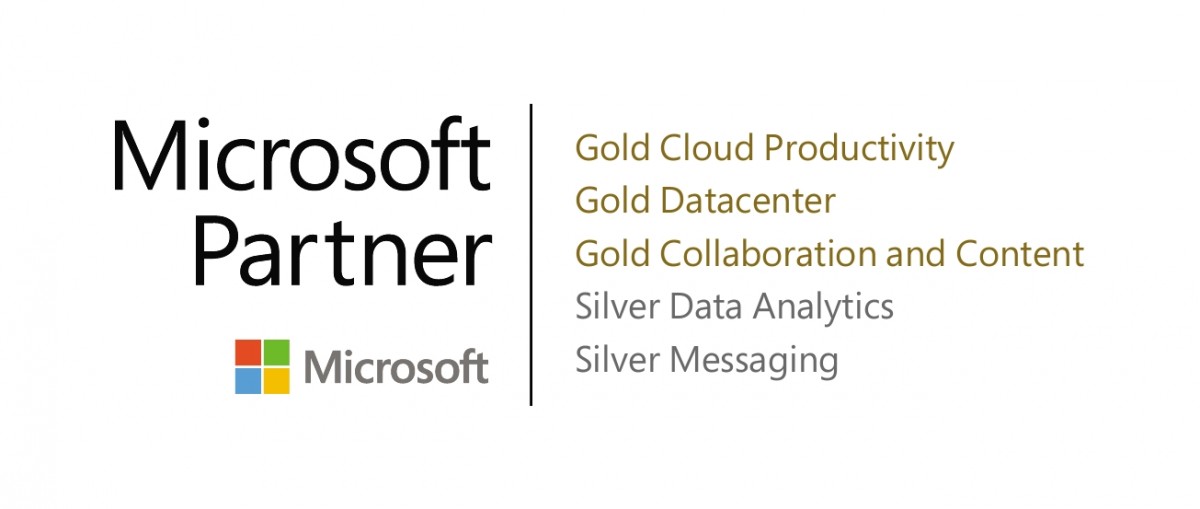
Zachęcamy firmy do uzyskania możliwości dofinansowania na szkolenia oferowane przez naszą firmę. W obecnej chwili istnieją
dwa sposoby dzięki którym możesz uzyskać dofinansowanie.
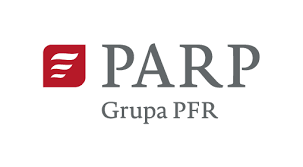
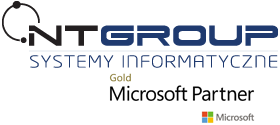
Nasi pracownicy pomogą uzyskać dla Twojej firmy
dofinansowanie. To naprawdę nie jest trudne. Jeżeli masz
pytania napisz lub zadzwoń do nas.
Zapraszamy!

